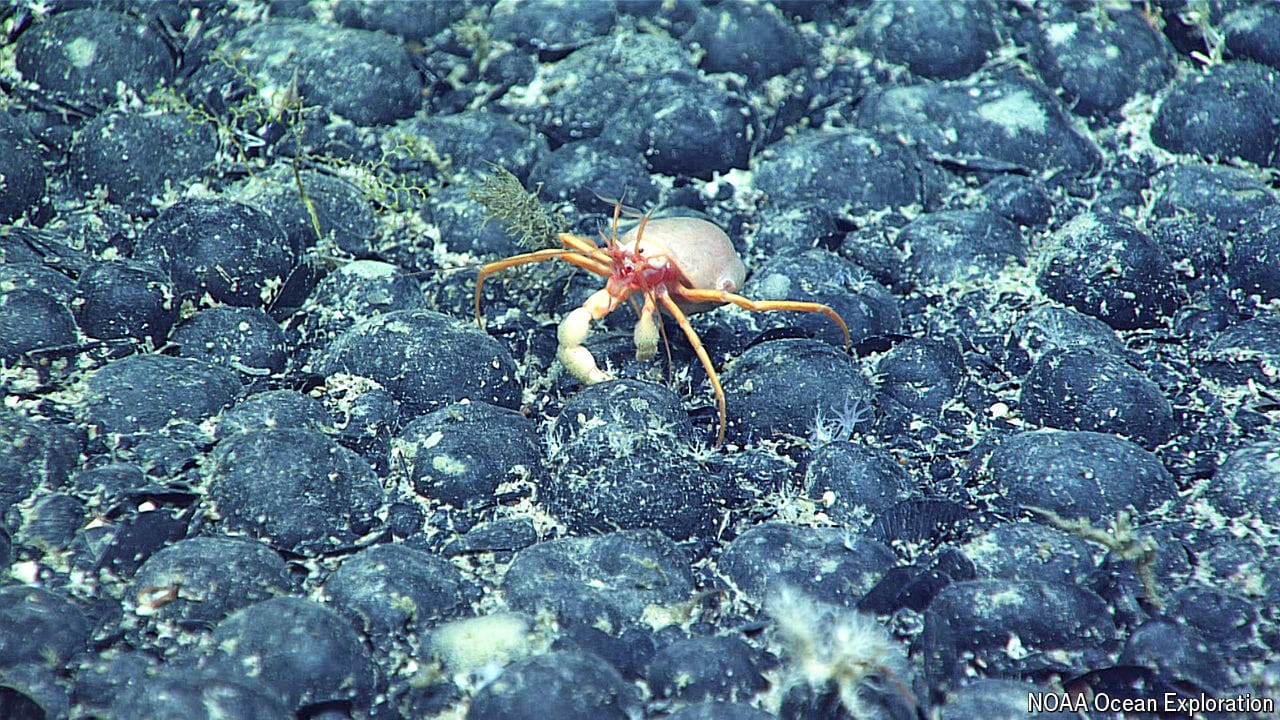Despite setbacks, HIV can be beaten
But doing so will take patience and money

It is a tribute to human ingenuity and determination that aids no longer makes headlines. That is because hiv, the virus which causes it, is on the run. According to the latest update by unaids, the un programme that keeps tabs on such matters, deaths from aids-related illnesses have been falling since 2004 and new infections since 1996. Indeed, the fact that the number of people living with the virus (currently about 38m) continues to rise is actually good news. It means they are being kept alive by antiretroviral drug therapy (art), rather than dropping out of the statistics by dying. But hiv still kills in numbers that would never be off the front pages if a war, rather than a virus, were the cause. So far, it has ended the lives of some 40m people, with 650,000 of those deaths having happened in 2021.
This article appeared in the Science & technology section of the print edition under the headline “Protest and survive”
More from Science and technology

How Ukraine’s new tech foils Russian aerial attacks
It is pioneering acoustic detection, with surprising success

The deep sea is home to “dark oxygen”
Nodules on the seabed, rather than photosynthesis, are the source of the gas

Augmented reality offers a safer driving experience
Complete with holograms on the windscreen
Clues to a possible cure for AIDS
Doctors, scientists and activists meet to discuss how to pummel HIV
AI can predict tipping points before they happen
Potential applications span from economics to epidemiology
Astronomers have found a cave on the moon
Such structures could serve as habitats for future astronauts
